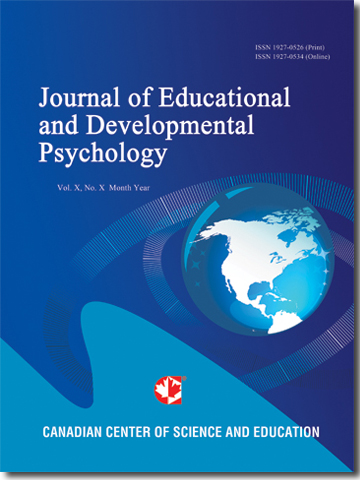Does Brooding Rumination Moderate the Stress to Depression Relationship Similarly for Chinese and New Zealand Adolescents?
- Paul Jose
- Kerstin Kramar
- Yubo Hou
Abstract
The present cross-sectional, cross-national study was conducted to determine whether adolescents in China and New Zealand use brooding rumination to respond to stress similarly or differently. Self-reported everyday stress intensity, brooding rumination, and depressive symptoms were compared between 1624 New Zealand (NZ) and 914 Chinese early adolescents, aged 10-15 years of age. Chinese adolescents reported higher levels of brooding rumination and depression than NZ youth, and females reported higher levels of both variables than males as well. In contrast, NZ adolescents reported higher overall everyday stress intensity compared to Chinese adolescents. An examination at the stress item level showed that Chinese adolescents reported higher stress intensity for issues such as low grades and lack of free time, whereas NZ adolescents were more concerned with physical appearance and conflict with family members. Examination of the moderation hypothesis showed that brooding rumination was found to exacerbate the stress to depression relationship for younger (10-13 yrs) NZ adolescents and older (14-15 yrs) Chinese adolescents, and to a lesser extent older (14-15 yrs) NZ adolescents. Thus, it seems that this exacerbating dynamic occurred at an earlier age in New Zealand than in China. In addition, gender moderated this exacerbation relationship in that females of both countries exhibited the relationship, but males of both countries did not. Females, compared to males, and Chinese adolescents, compared to New Zealand adolescents, may report higher brooding rumination due to their stronger collectivist orientation in interpersonal relationships.- Full Text:
 PDF
PDF
- DOI:10.5539/jedp.v4n1p114
Journal Metrics
(The data was calculated based on Google Scholar Citations)
1. Google-based Impact Factor (2021): 1.11
2. h-index (December 2021): 29
3. i10-index (December 2021): 87
4. h5-index (December 2021): N/A
5. h5-median (December 2021): N/A
Index
- Academic Journals Database
- CNKI Scholar
- Copyright Clearance Center
- CrossRef
- Elektronische Zeitschriftenbibliothek (EZB)
- EuroPub Database
- Excellence in Research for Australia (ERA)
- Harvard Library
- Jisc Library Hub Discover
- JournalSeek
- JournalTOCs
- LIVIVO (ZB MED)
- LOCKSS
- MIAR
- Open Access Journals Search Engine(OAJSE)
- PKP Open Archives Harvester
- Publons
- ROAD
- Scilit
- SHERPA/RoMEO
- Standard Periodical Directory
- Stanford Libraries
- Technische Informationsbibliothek (TIB)
- UCR Library
- UoB Library
- WorldCat
- Zeitschriften Daten Bank (ZDB)
Contact
- Carol WongEditorial Assistant
- jedp@ccsenet.org
